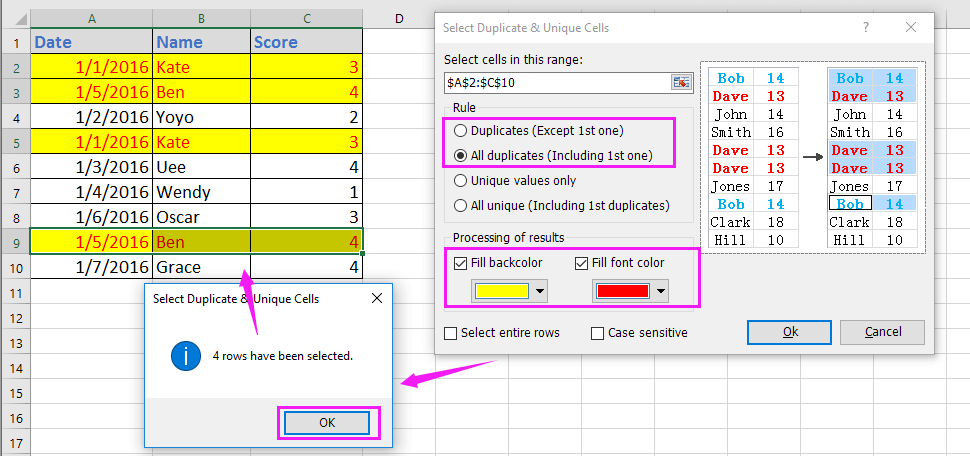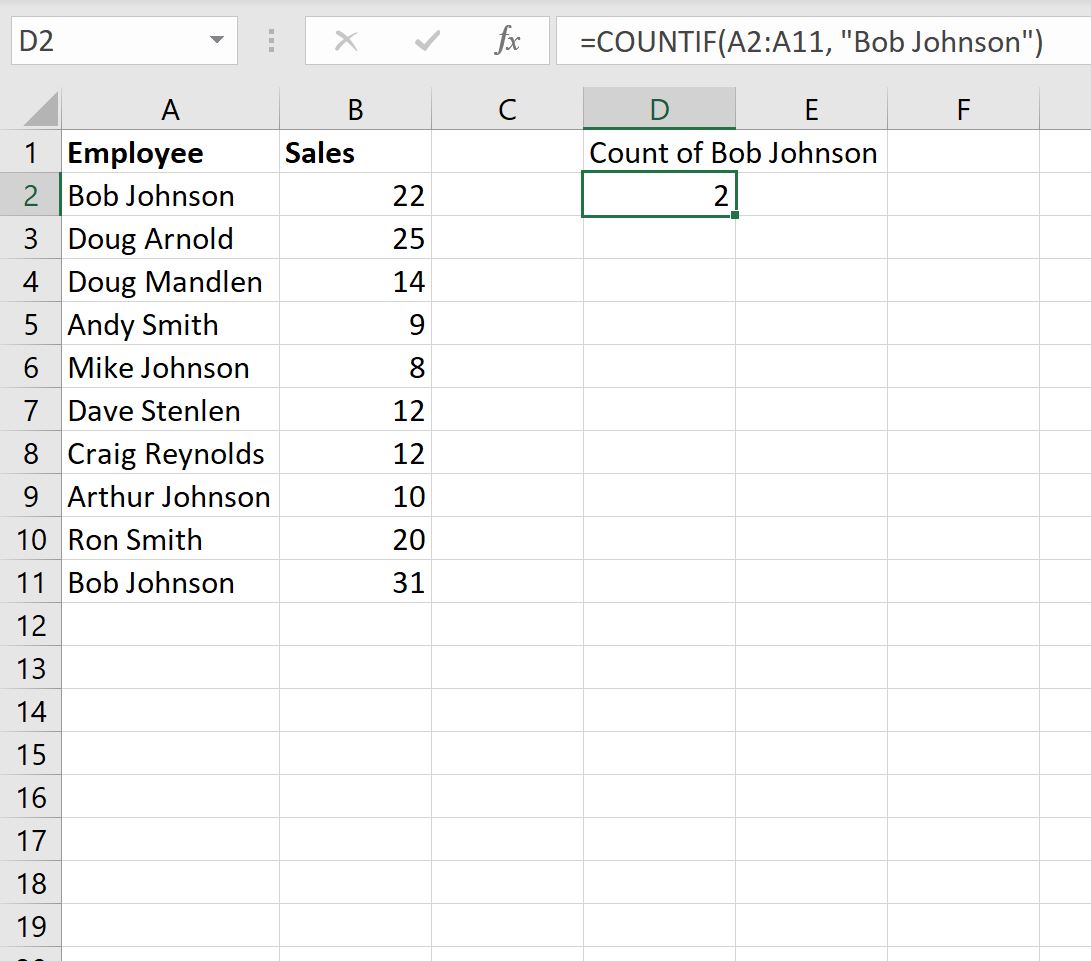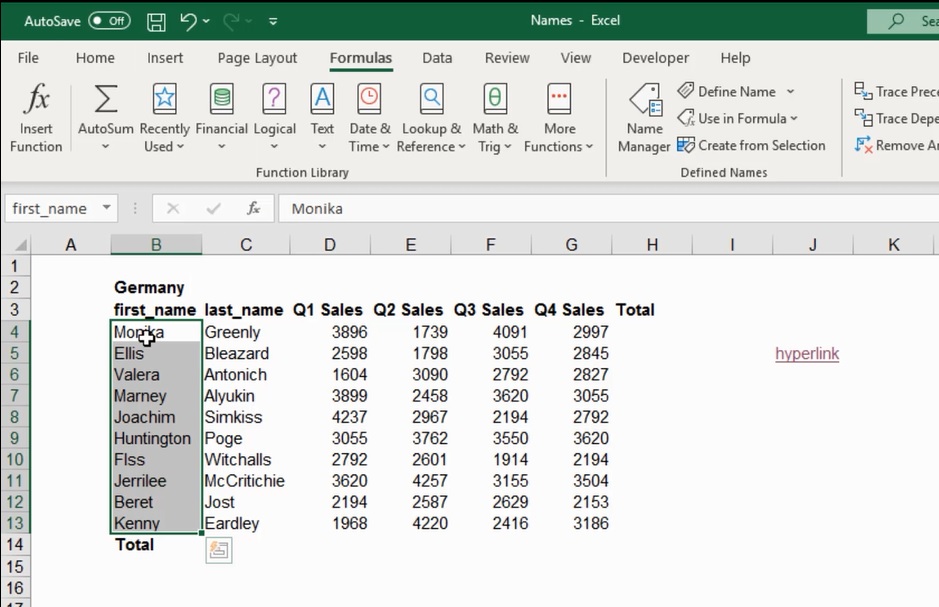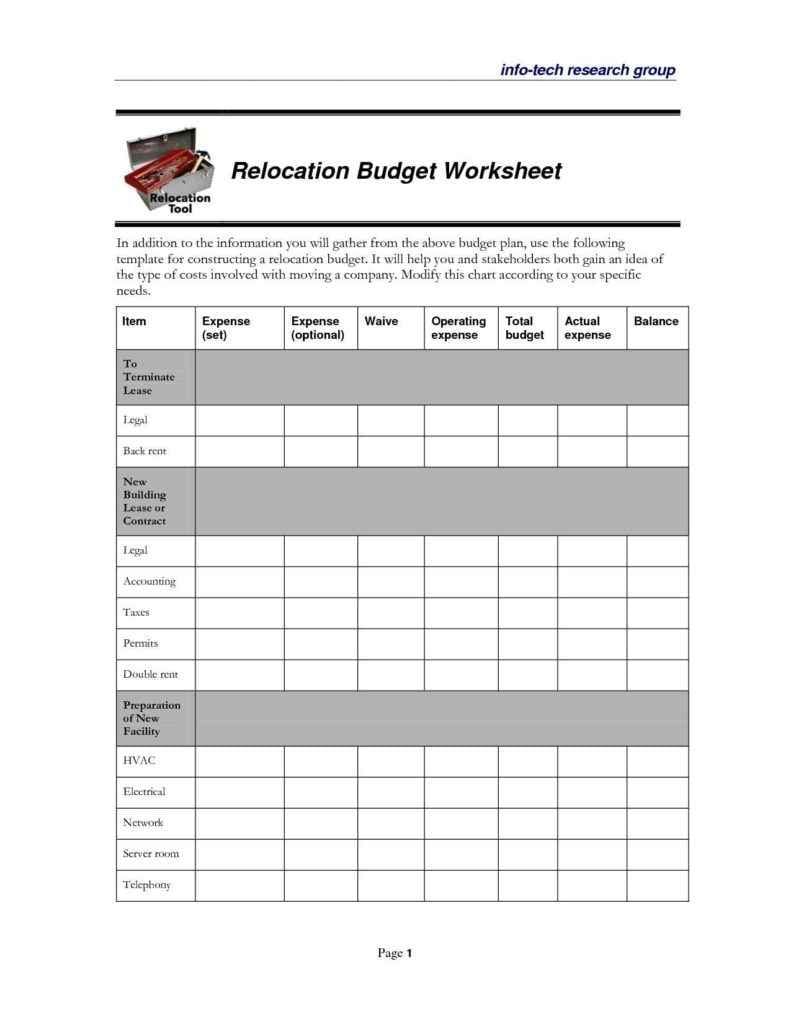5 Creative Ways to Name Sheets in Excel

The task of naming sheets in Microsoft Excel might seem mundane at first glance, but it can significantly enhance your workflow efficiency, organization, and ease of navigation through complex spreadsheets. Here are five creative methods to name your sheets that will make your Excel workbooks more functional and user-friendly:
1. Using Date and Time Stamps

When you’re working with time-sensitive data or need to keep track of historical records, utilizing date and time stamps in your sheet names can be extremely helpful:
- Year, Month, and Day Format: Name your sheets using “YYYY-MM-DD” for a clear chronological order, such as “2023-10-05” or “DataAnalysis-2023-10-05”.
- Time Stamps for Intra-Day Data: If your workbook includes data that updates frequently within a single day, include the time: “2023-10-05 0900hrs” or “DataAnalysis-2023-10-05_1300”.
⏰ Note: Be aware of Excel’s naming conventions, which limit sheet names to 31 characters and do not allow certain symbols like :, /, ?, [, ], *, or ! at the start. Spaces can be used but may cause issues in certain scenarios.
2. Utilizing Codes and Abbreviations

When dealing with multiple spreadsheets, employing concise codes or abbreviations can simplify your workflow:
- Project Codes: Assign unique project codes to sheets, e.g., “PROJ1”, “PROJ2”, or even sector codes like “FIN” for Finance, “HR” for Human Resources.
- Department Abbreviations: For company-wide reports, use department abbreviations to categorize sheets: “MKT”, “OPS”, “IT”, etc.
- Numeric Indexing: Use numbers or alphanumeric codes for sequential sheets, like “001-Data”, “002-Analytics”.
💡 Note: Consistency in naming conventions is key to maintaining clarity in large workbooks.
3. Dynamic Naming with Excel Formulas

Excel formulas can provide dynamic names for sheets that update based on criteria or data within your workbook:
- Cell References: Use the contents of a specific cell to name the sheet via a macro, e.g., “Sheet.Name = Sheets(“Sheet1”).Range(“A1”).Value”.
- Variables from VBA: Programmatically change sheet names using VBA to reflect real-time data changes, like “Sheet.Name = WorksheetFunction.Weekday(Date,1)”.
| Cell Reference | Named Range | VBA Code |
|---|---|---|
| A1 | CurrentDate | Sheets("Sheet1").Name = Sheets("Sheet1").Range("A1").Value |

4. Color Coding

Excel doesn’t natively support naming sheets with colors, but you can use font colors or cell backgrounds to visually distinguish sheets:
- Custom Colors: Use conditional formatting or VBA to color-code cells with relevant colors for quick identification.
- Create an Index: Include a color-coded index sheet to guide users to specific sheets based on their importance or relevance.
🖍️ Note: Remember that colors are not visible in the sheet tab itself but can help in organizing your workbook.
5. Naming by Content Type or Function

Labeling your sheets based on their primary purpose or the type of data they contain simplifies navigation and enhances productivity:
- Data: Sheets with data might be named “Raw_Data”, “Filtered”, or “Summary_Data”.
- Charts: Sheets containing charts could be labeled “Charts”, “Visuals”, or “Graphs”.
- Reports: Sheets with reports could be called “Weekly Report”, “Monthly Summary”, or “Annual Review”.
By utilizing these creative ways to name your Excel sheets, you can significantly improve how you manage and interact with your data. Efficiently organizing your workbook with thoughtful naming practices allows for faster navigation, clearer understanding of content, and overall better workflow management. When sheets are named based on purpose, date, codes, or even dynamically linked to data, you make your spreadsheets not only user-friendly but also more valuable as analytical tools. Keeping your naming conventions consistent and following Excel's naming rules ensures a seamless experience for all users. Remember, while Excel does have limitations on sheet names, a little creativity and understanding of its capabilities can go a long way in enhancing your spreadsheet management.
Why is sheet naming important in Excel?

+
Proper naming helps in organizing data, enhances productivity, and makes spreadsheets easier to navigate. It also reduces errors when referencing data between sheets.
Can I use symbols in sheet names?

+
Excel has restrictions on symbols in sheet names. Symbols like :, /, *, ?, [, ] are not allowed, and sheets can’t start with space or ‘ characters.
How can I change a sheet name dynamically?

+
You can use VBA to rename sheets based on cell content or specific conditions, but manual changes or macros are needed for dynamic naming.
What is the maximum length of a sheet name?

+
Sheet names in Excel are limited to 31 characters.
Are there any limitations to using color coding for sheets?

+
Color coding can’t be applied directly to sheet names, but can be used within the sheet to organize and visually distinguish data or headings.



